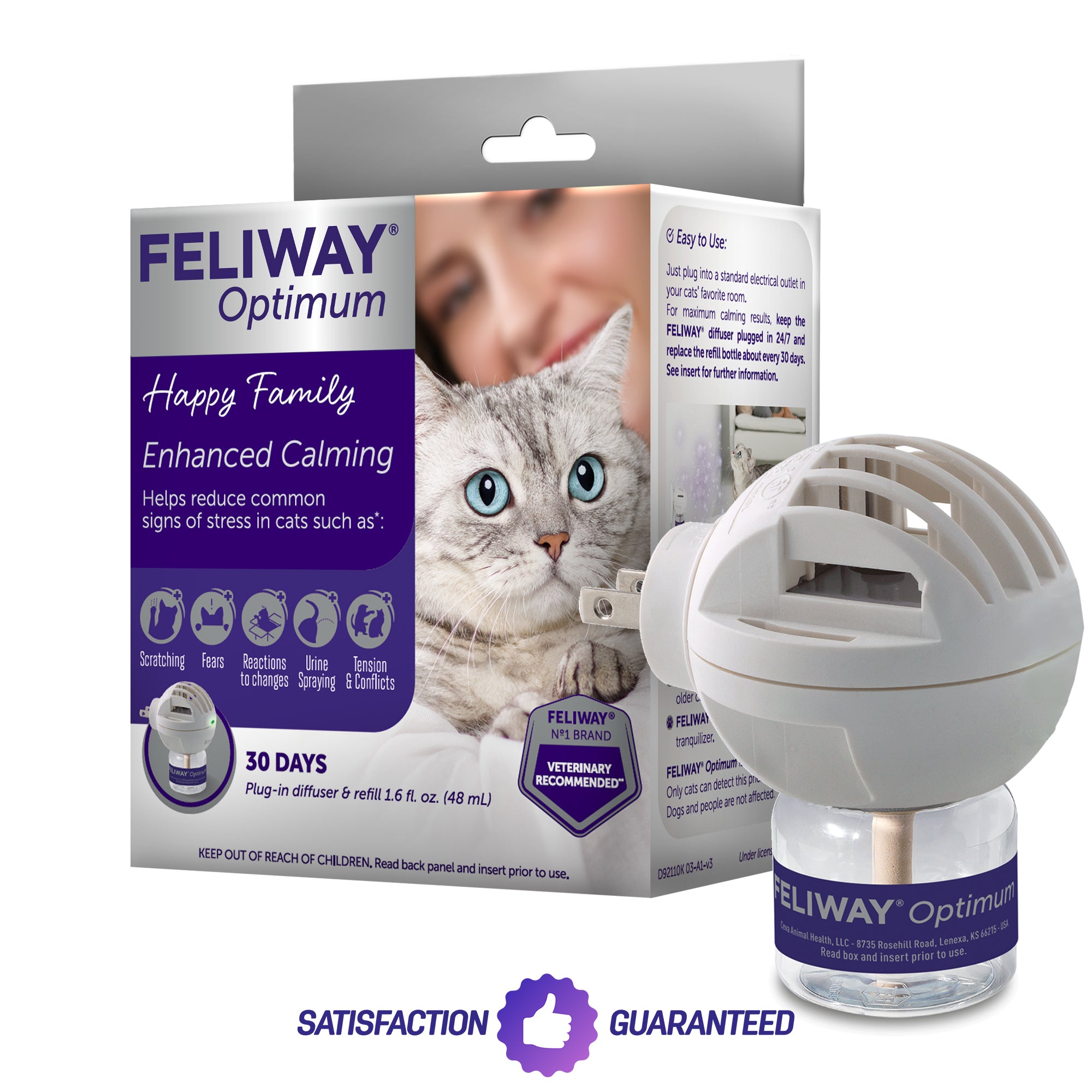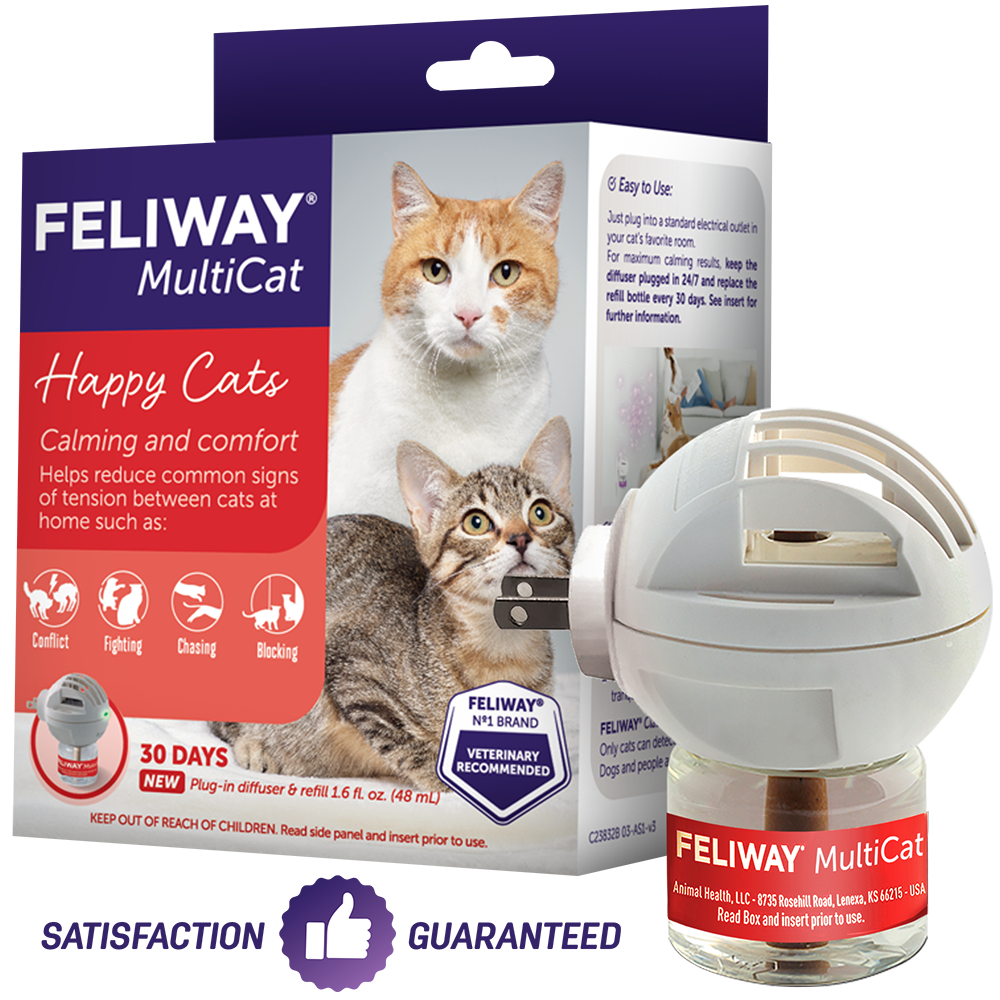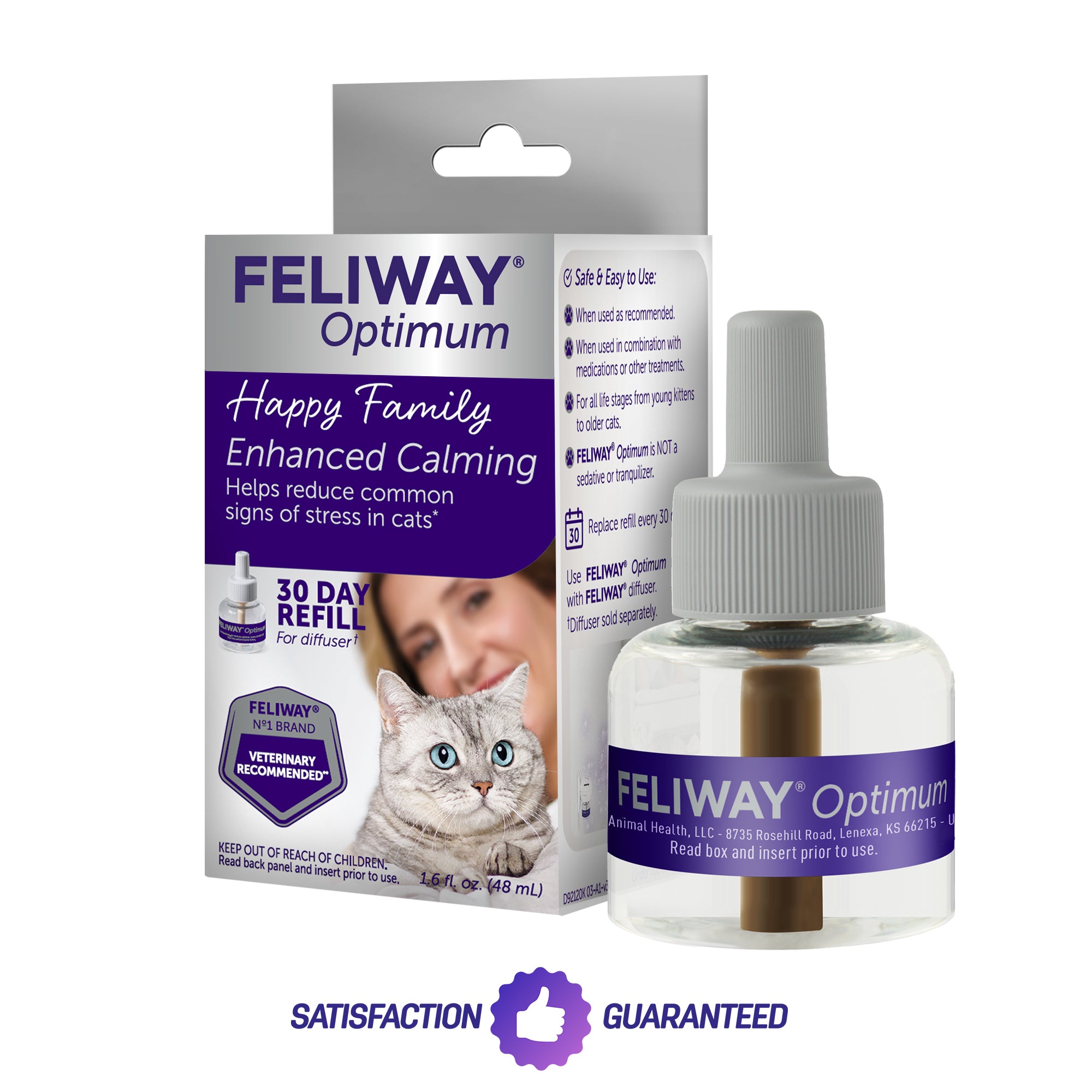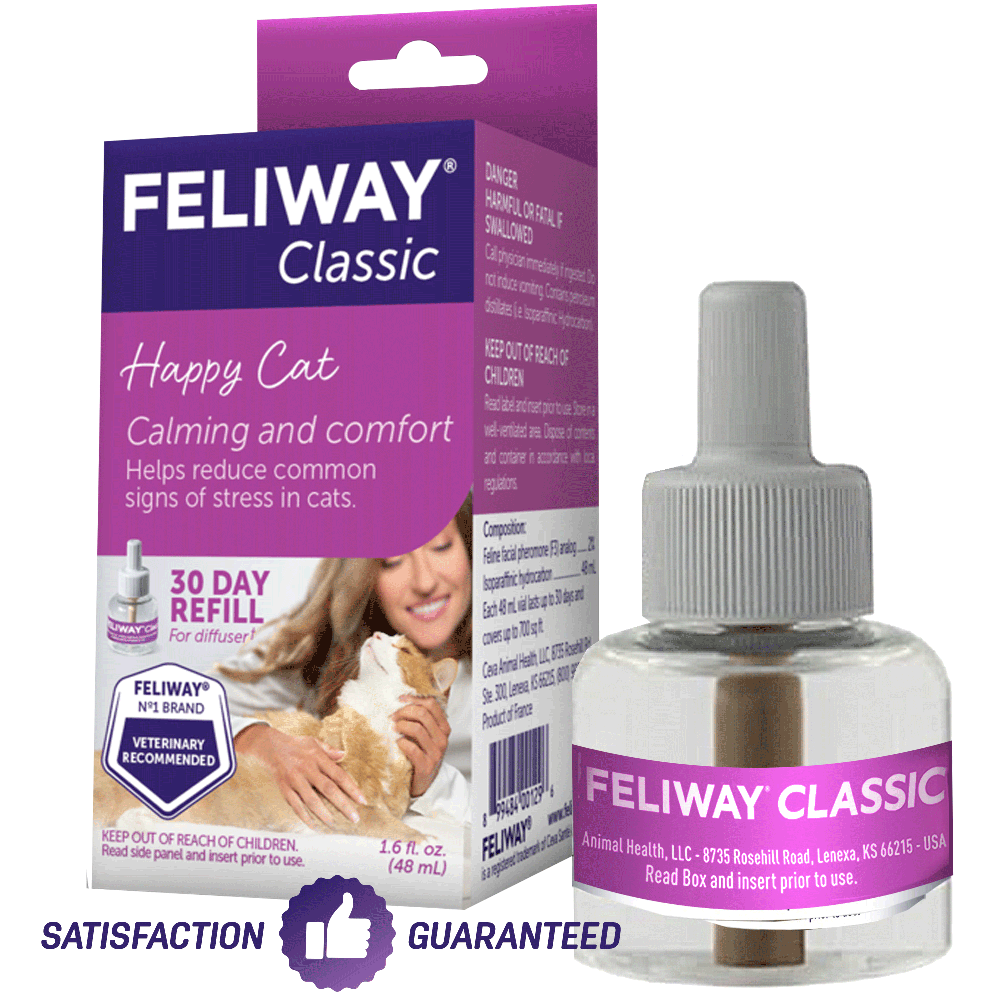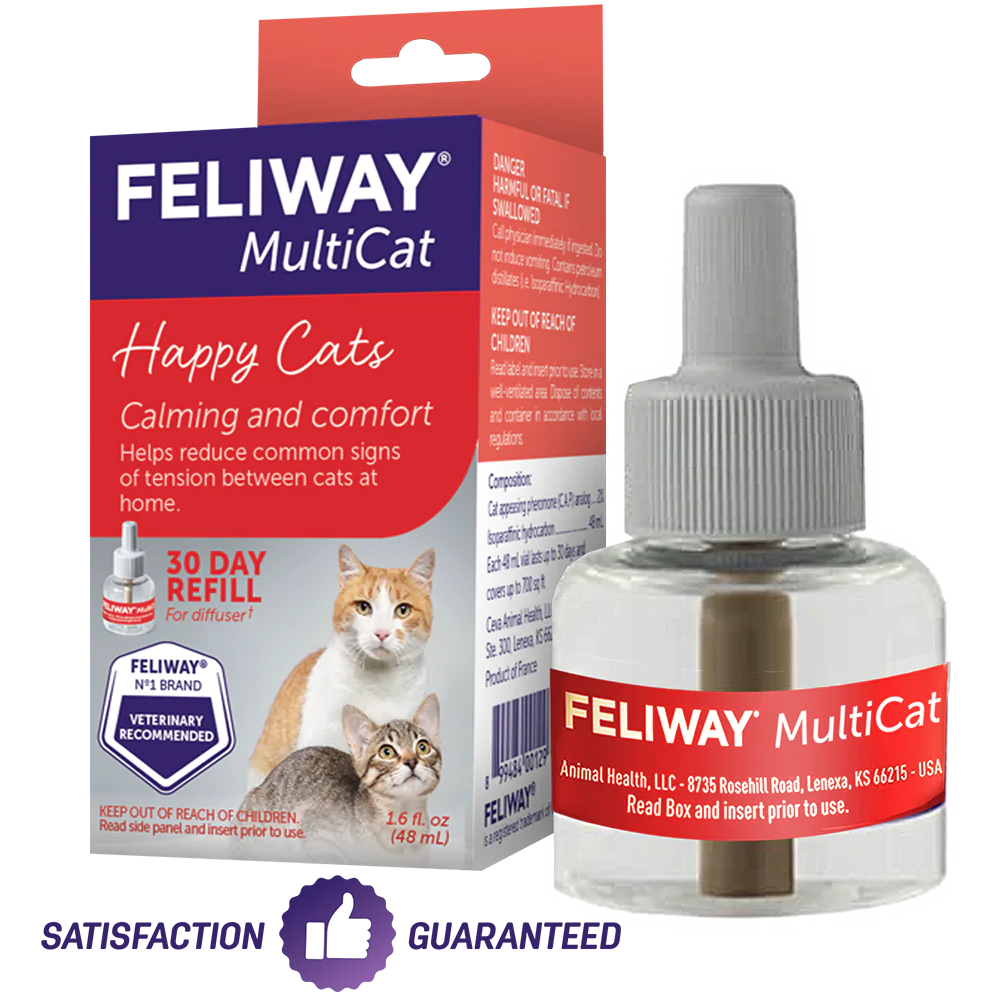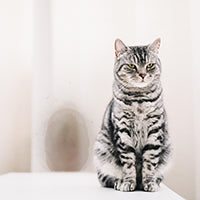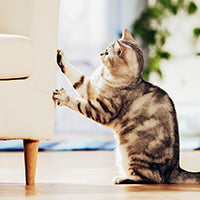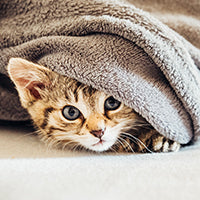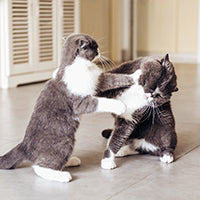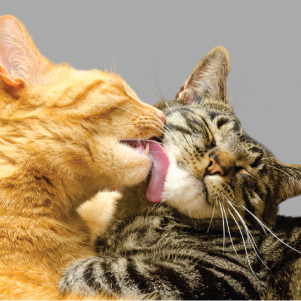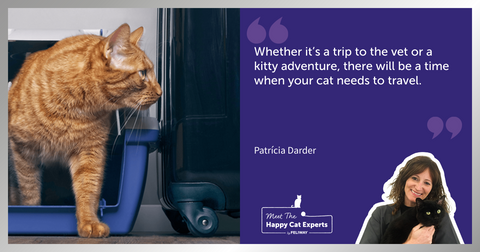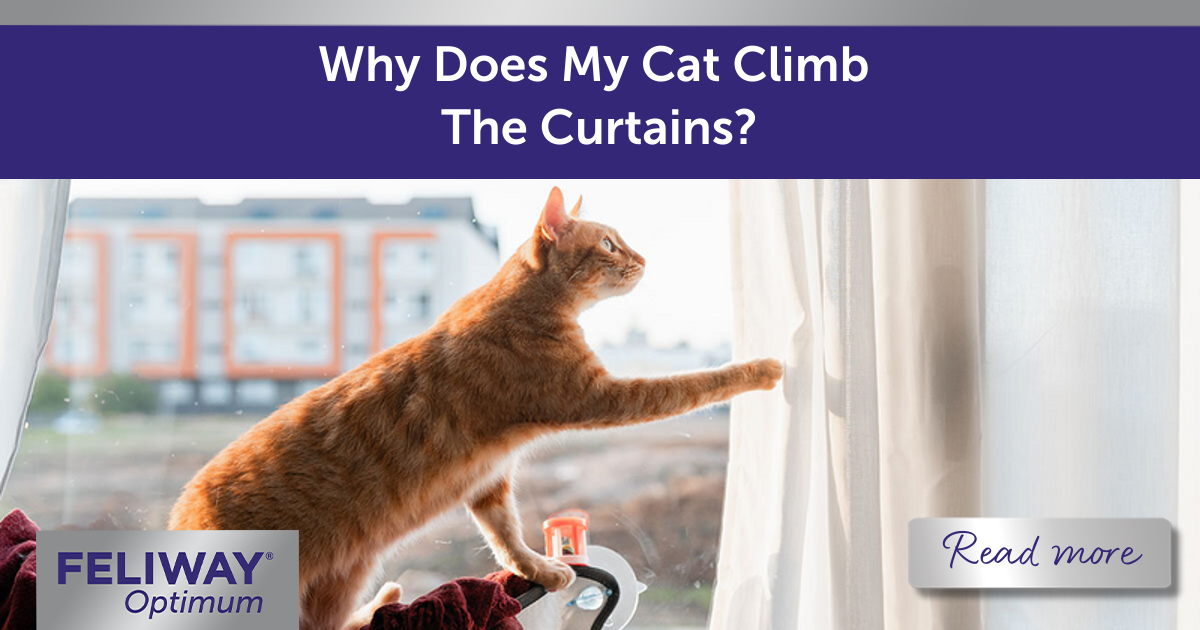
Why Does My Cat Climb The Curtains?
How many times have you heard the familiar sound of claws rasping on fabric and, before you have a chance to react, your cat has managed to climb halfway up the curtains? While baffling to some, this cat behaviour is rooted in the very nature and instincts of our feline companions. It’s a fascinating subject, so much so that we thought we’d explore it a little further and offer a few tips on how to stop cats climbing the curtains.
Why Do Cats Climb?
Put simply, cats are built to climb. With their agile bodies, sharp claws, and keen sense of balance, they’re adept at navigating vertical spaces. This is deeply rooted in their DNA and remains a hallmark of cat behavior, even if they’ve never stepped a paw outside.
In the wild, cats like to use every surface of space – both horizontal and vertical – to their advantage. An elevated spot gives them an excellent vantage point to oversee their territory and keep a lookout for both predators and prey alike.

Domesticated cats are no different. In fact, many behaviors in our pets are remnants of their wild past. This includes their love for elevated spaces, instinct to hunt, and need for security. Have you ever noticed your cat suddenly disappearing or seeking a raised spot when the vacuum roars to life? This is because many cats will choose high places when they feel threatened, distancing themselves from potential dangers.
Why The Curtains?
While the desire to climb is hard-wired into your cat’s instincts, the question remains: why do cats climb curtains in particular? For many cats, curtains represent an accessible and enticing vertical challenge. They’re often lightweight, move enticingly in the breeze, and let’s face it, are probably a lot of fun to scale! A swinging curtain can easily remind a cat of a dangling prey item, triggering their predatory drive.

How To Stop Cats Climbing Curtains
It’s important to remember that climbing is a natural cat behavior. In short, you should never punish your cat for climbing! That said, there are a few things we can do to gently discourage our furry friends away from the curtains:
- Alternative Cat Climbing Ideas – An effective option is to redirect that climbing energy to more appropriate places. Introduce alternatives like cat towers, trees, or wall shelves. These cat climbing ideas can satisfy their climbing needs and keep them entertained, hopefully without resorting back to the curtains or other furniture. Try using a fishing rod toy near a cat tower and entice your cat to climb to play with the toy.
- Mental & Physical Stimulation – Enrich your cat’s environment with toys, activity feeders, and play sessions. Keeping your cat engaged should prevent them from becoming bored and having to make their own fun. At the same time, avoid accidentally including curtains in playtime!
- Remove Temptation – Secure or tie back long curtains, making sure the tie itself isn’t enticing or dangerous, or even opt for a heavier curtain fabric. Cat’s eyes are particularly attuned to movement, so lightweight curtains can be especially alluring to cats when they move in the breeze.
- Multiple Climbing Spots – For multi-cat households, it’s essential to have separate elevated hideouts for each cat to retreat to without having to interact with one another. This prevents them from forging their own path upwards.

Another handy tip is to be attentive to your cat’s body language. This will help you understand their needs and prevent unwanted behaviors. If your cat is showing signs of stress or anxiety, consider using FELIWAY Optimum to create a calming atmosphere in your home. This is an effective solution to prevent cats from scratching against furniture and has also been found to reduce a cat’s need to hide. Simply plug FELIWAY Optimum into a socket and your cat should begin to feel happier!
Are you interested in learning more about cat body language and behavior? Sign up to our newsletter to stay informed with all our latest tips and guides, plus find extra info on FELIWAY Optimum and our other products! You can also get in touch directly and we’ll share all the advice we can.